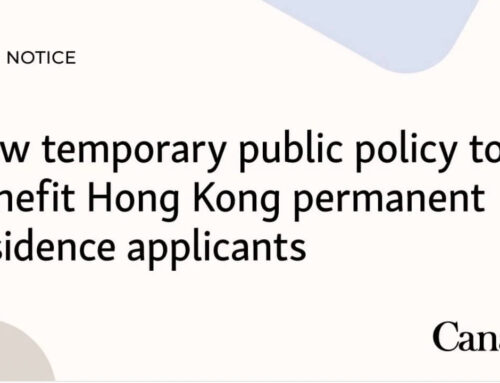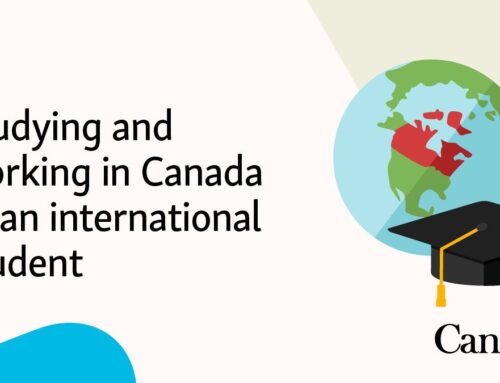Canada Temporary Foreign Worker (TFW) Program Changes
On April 4, 2022, the Canadian government announced the Temporary Foreign Worker Program (TFWP) Workforce Solutions Road Map in order to meet labor market needs.
As baby boomers are approaching retirement in Canada, there have been increasing numbers of job vacancies because there are not enough Canadians to fill the vacancies. Baby boomers make up 9 million of the 20 million Canadian workforces. Canada’s low birth rate is not allowing vacancies to be filled at a quick enough pace. The quickest and most efficient means to solve this problem is to hire additional foreign workers.
What is the TFWP?
The TFWP is a program for Canadian employers who want to recruit temporary foreign workers. Most employers are required to apply for a Labour Market Impact Assessment (LMIA). The LMIA approval will prove that there are no qualified Canadian workers or permanent residents to fill the job and therefore, a foreign worker is needed. After the employer receives a positive LMIA approval, the temporary foreign worker must apply for a work permit.
Types of Work Permits
There are two types of work permits: employer-specific or open work permits.
An employer-specific work permit allows you to work according to the conditions on your work permit, which include:
- the name of the employer you can work for
- how long you can work
- the location where you can work (if applicable)
An open work permit allows you to work for any employer in Canada, except for an employer:
- who is listed as ineligible on the list of employers who have failed to comply with the conditions or
- who regularly offers striptease, erotic dance, escort services, or erotic massages
You can only get an open work permit in specific situations. You can visit the IRCC online tool to determine which work permit you need and the application process.
New Changes to LMIA Duration
As a result of Canada’s recovery program post-COVID-19, the Government of Canada has introduced several workforce solutions to address labor shortages in Canada. According to Canada’s May 2022 Labour Force Survey, employment has risen.
LMIA’s will now be effective for 18 months. Being able to remain in Canada longer allows workers more time to add more experience for their applications for permanent residence. High Wage and Global Talent Stream workers’ employment periods also have a new maximum term of three years. The Seasonal Cap Exemption will also remain indefinitely, so there is no limit on how many low-page positions are filled by employers that run seasonal industries. Low wage positions also now have an extended window of 270 days per year.
There are other changes that went into effect on April 30th. Food manufacturing, wood product manufacturing, furniture, and related product manufacturing, accommodation and food services, construction, hospitals, and nursing and residential care facilities can use TFWP to fill up to 30% of the vacant positions. Other sectors with labor shortages can use TFWP to fill up to 20%. Canada will no longer immediately turn away applications to fill low-wage job positions that have demonstrated at least a 6% unemployment rate in the accommodation and food services and retail trade sectors in regions.
Conclusion
With the Canadian Government introducing programs to support economic growth and hire additional workers, there will be a strong workforce available to TFW’s. These changes will not only improve labor shortages, but they will continue to effectively meet labor market needs, enhancing worker protections and building a strong workforce.
If you have any questions related to the changes in the TFW program, contact us at info@poonahimmigrationlaw.com, or call us at +1 (678) 978-5848.





